December 3, 2024
Working life in 2024 is defined by stress, poor management and loneliness
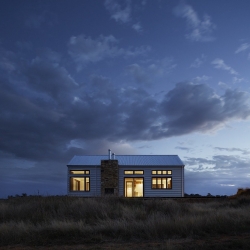 The 2024 State of the Global Workplace report by Gallup sets out to provide a comprehensive analysis of employee experiences worldwide, revealing a large number of people who feel they are under increasing strain. Despite living in an era of remarkable technological and economic advancements, workers face significant challenges, with stress, disengagement, and declining mental health prominent in people’s daily working life. The report suggests that 41 percent of employees experience high levels of daily stress, with poor management practices being a major contributing factor. One in five workers report daily loneliness, an issue particularly pronounced among remote employees. (more…)
The 2024 State of the Global Workplace report by Gallup sets out to provide a comprehensive analysis of employee experiences worldwide, revealing a large number of people who feel they are under increasing strain. Despite living in an era of remarkable technological and economic advancements, workers face significant challenges, with stress, disengagement, and declining mental health prominent in people’s daily working life. The report suggests that 41 percent of employees experience high levels of daily stress, with poor management practices being a major contributing factor. One in five workers report daily loneliness, an issue particularly pronounced among remote employees. (more…)





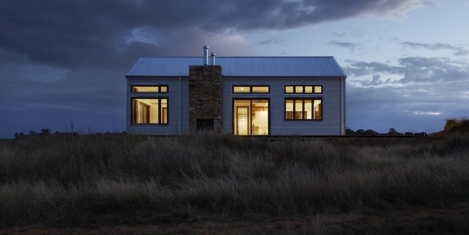


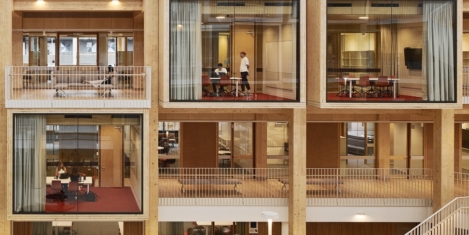
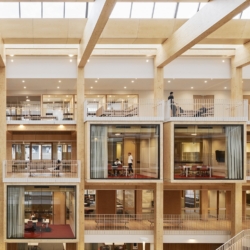
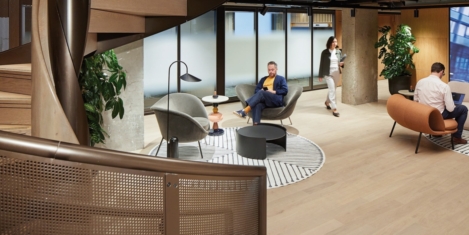
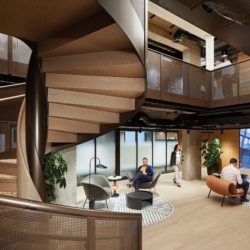


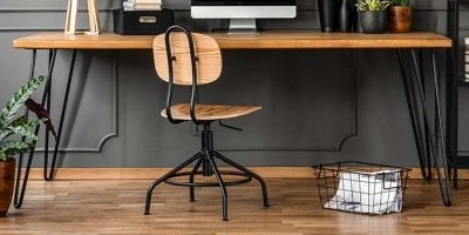
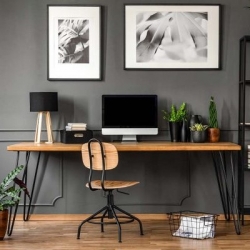
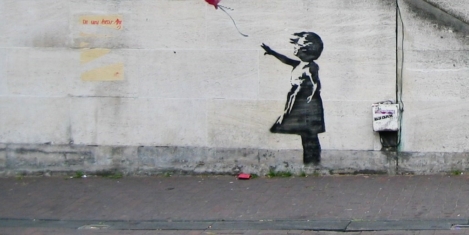





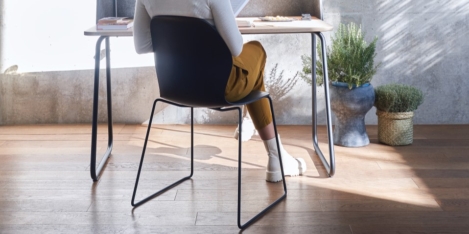
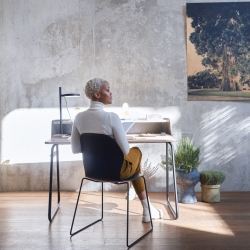
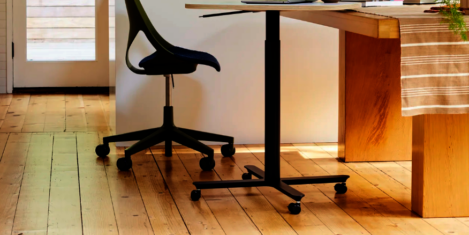
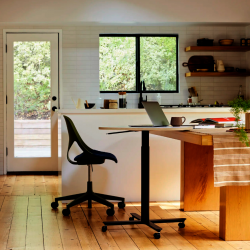

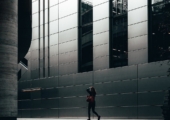



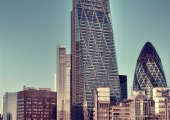


November 8, 2024
That conversation about hybrid working? Same as it ever was
by Marcus Bowen • Comment, Facilities management, Flexible working, Property